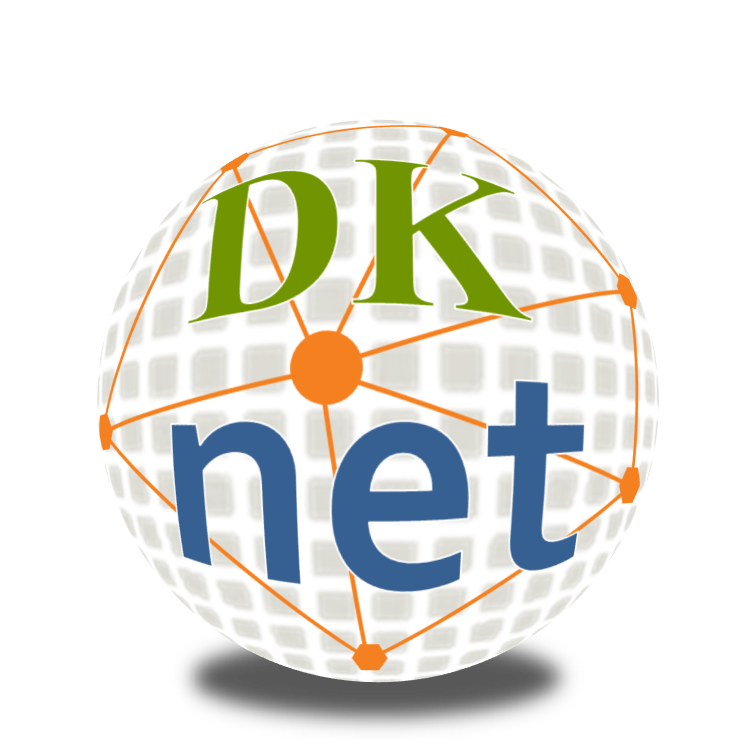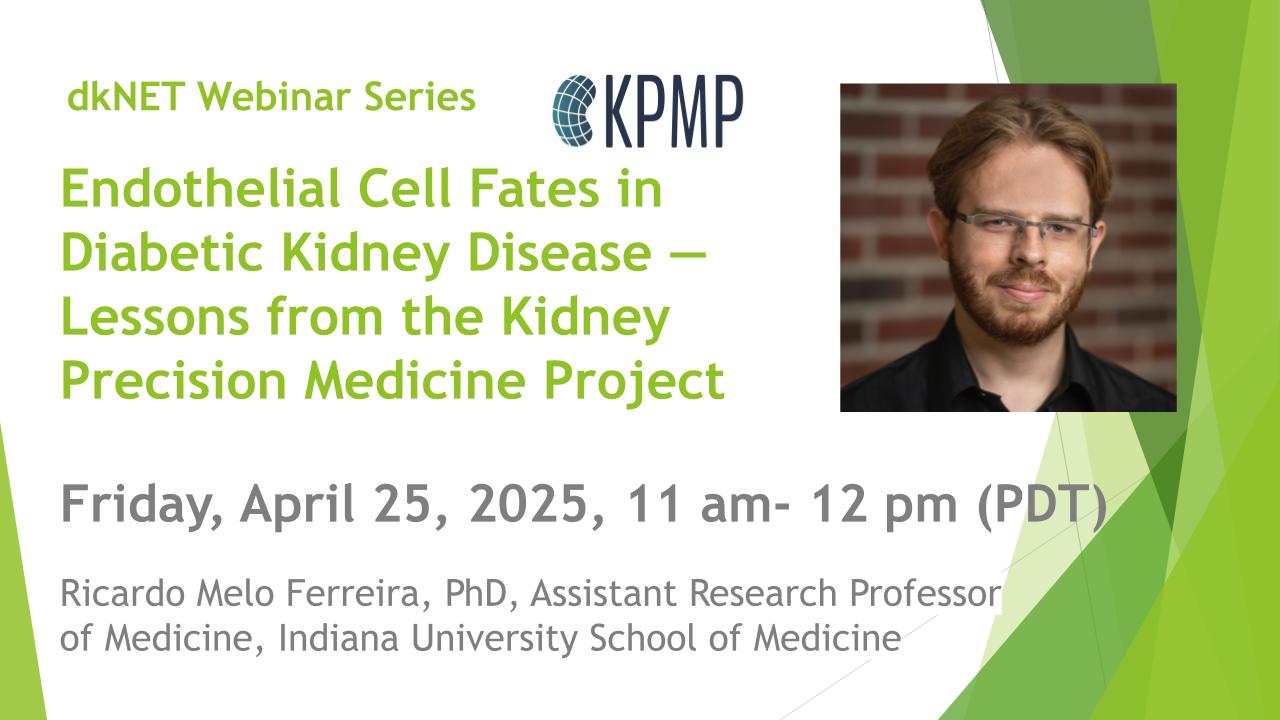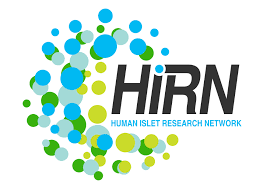Leaving Community
Are you sure you want to leave this community? Leaving the community will revoke any permissions you have been granted in this community.
 Appyters
Appyters
WHAT IS IT?
Appyters are a collection of web-based software applications that enable users to execute bioinformatics workflows without coding. Jupyter Notebooks have transformed the communication of data analysis pipelines by facilitating a modular structure that brings together code, markdown text, and interactive visualizations. Appyters extended Jupyter Notebooks to broaden their accessibility. Appyters turn Jupyter Notebooks into fully functional standalone web-based bioinformatics applications. Appyters present to users an entry form enabling them to upload their data and set various parameters for a multitude of data analysis workflows. Once the form is filled, the Appyter executes the corresponding notebook in the cloud, producing the output without requiring the user to interact directly with the code. Appyters were used to create many bioinformatics web-based reusable workflows, including applications to build customized machine learning pipelines, analyze omics data, and produce publishable figures. These Appyters are served in the Appyters Catalog at https://appyters.maayanlab.cloud. Appyters enable the rapid development of interactive web-based bioinformatics applications.
The Gene Centric GEO Reverse Search (GCGRS) Appyter, offers researchers an opportunity to explore ways to modulate the expression of target genes based on signatures extracted from GEO studies. By querying a human or a mouse gene, these two Appyters return interactive volcano plot visualization of signatures in which the given gene is maximally up- or down-regulated. A specific, already developed for T2D, can be found in the Gene Expression T2D Signatures Appyter.
WHO CAN USE IT?
The Appyters Catalog currently serves over 75 Appyters for biomedical researchers to analyze and visualize their data in many ways. Researchers who want to convert their Jupyter Notebook workflows into lightweight, interactive, open-source, and reproducible web-based bioinformatics applications can use Appyters as well.
WHAT TYPE OF QUESTIONS CAN IT ANSWER?
How could I modulate or visualize the expression of target genes based on signatures extracted from GEO studies?
I wrote my workflow as a Python Jupyter Notebook, is there an easy way that I can quickly convert this notebook into a web app so that others can use my workflow to process their data?
I have bulk RNA-seq data that I collected and would like to analyze. The genomics core provided me with the aligned reads file, but I am not sure about the next steps. Can I use an Appyter to analyze my data?
I am interested in doing some data analysis using the TCGA RNA-seq data, but I am having trouble accessing and formatting the data I need from the new GDC data portal. Is there an Appyter that I can use to access these RNA-seq data?
ON-DEMAND WEBINAR
Appyters: Turning Jupyter Notebooks Into Data-Driven Web Apps
In this webinar, Dr. Avi Ma’ayan will introduce Appyters, a useful web application that enables the rapid development of interactive web-based bioinformatics applications.
INTERESTED IN LEARNING HOW TO USE THE GENE CENTRIC GEO REVERSE SEARCH (GCGRS) APPYTER
The Gene Centric GEO Reverse Search (GCGRS) Appyter features an interactive volcano plot that visualizes signatures that maximally up- or down-regulate the input gene in the species of interest, as well as full tabulated results for download.
Watch video tutorial on YouTube:
IINTERESTED IN LEARNING HOW TO USE TYPE 2 DIABETES APPYTER: GENE-CENTERED SEARCH ENGINE FOR CURATED DIABETES RELATED EXPRESSION SIGNATURES
The Gene Expression T2D Signatures Appyter provides a volcano plot visualization of the expression levels of a given gene in various Type 2 Diabetes transcriptomics signatures.
Watch video tutorial on YouTube:




